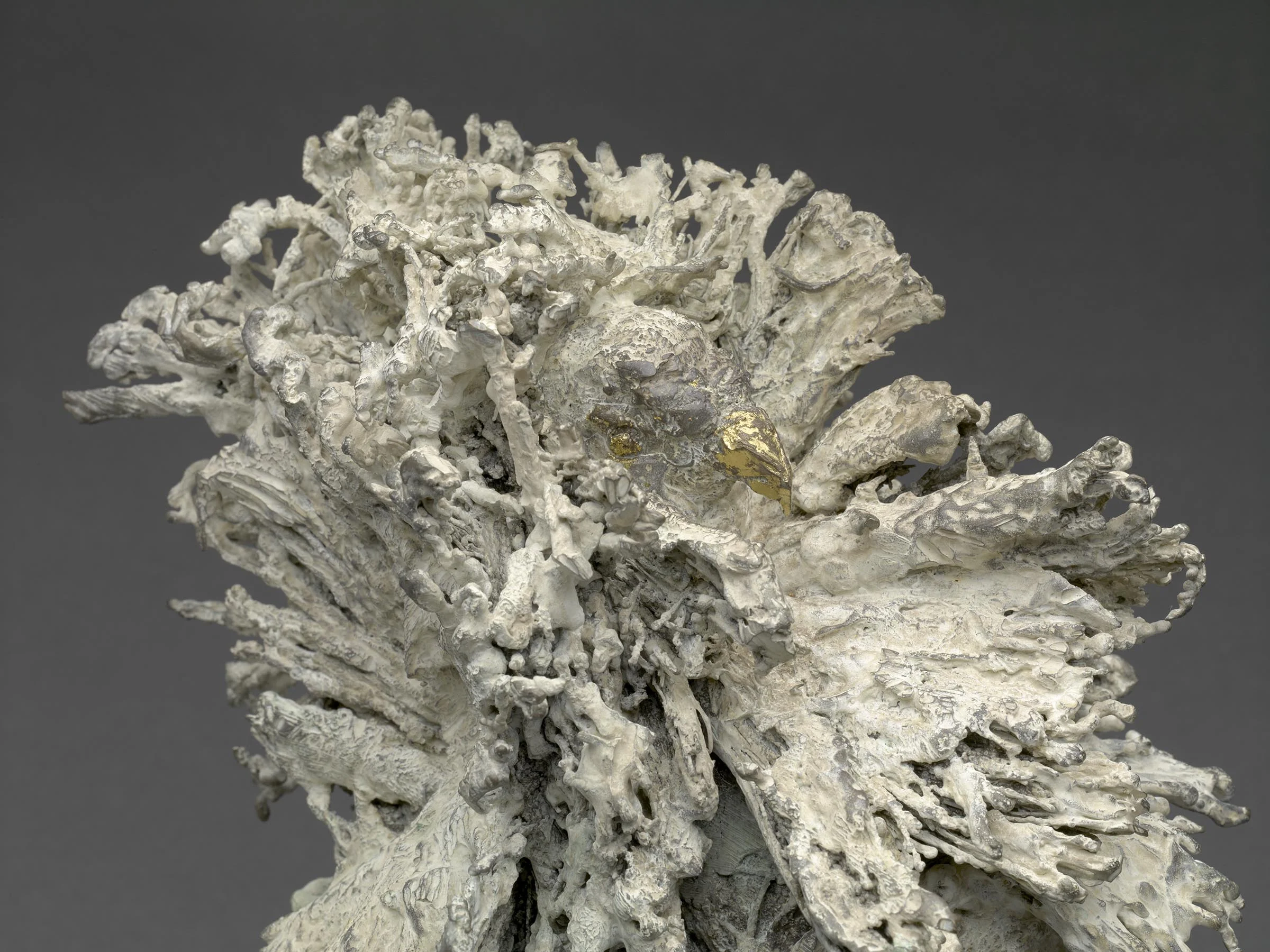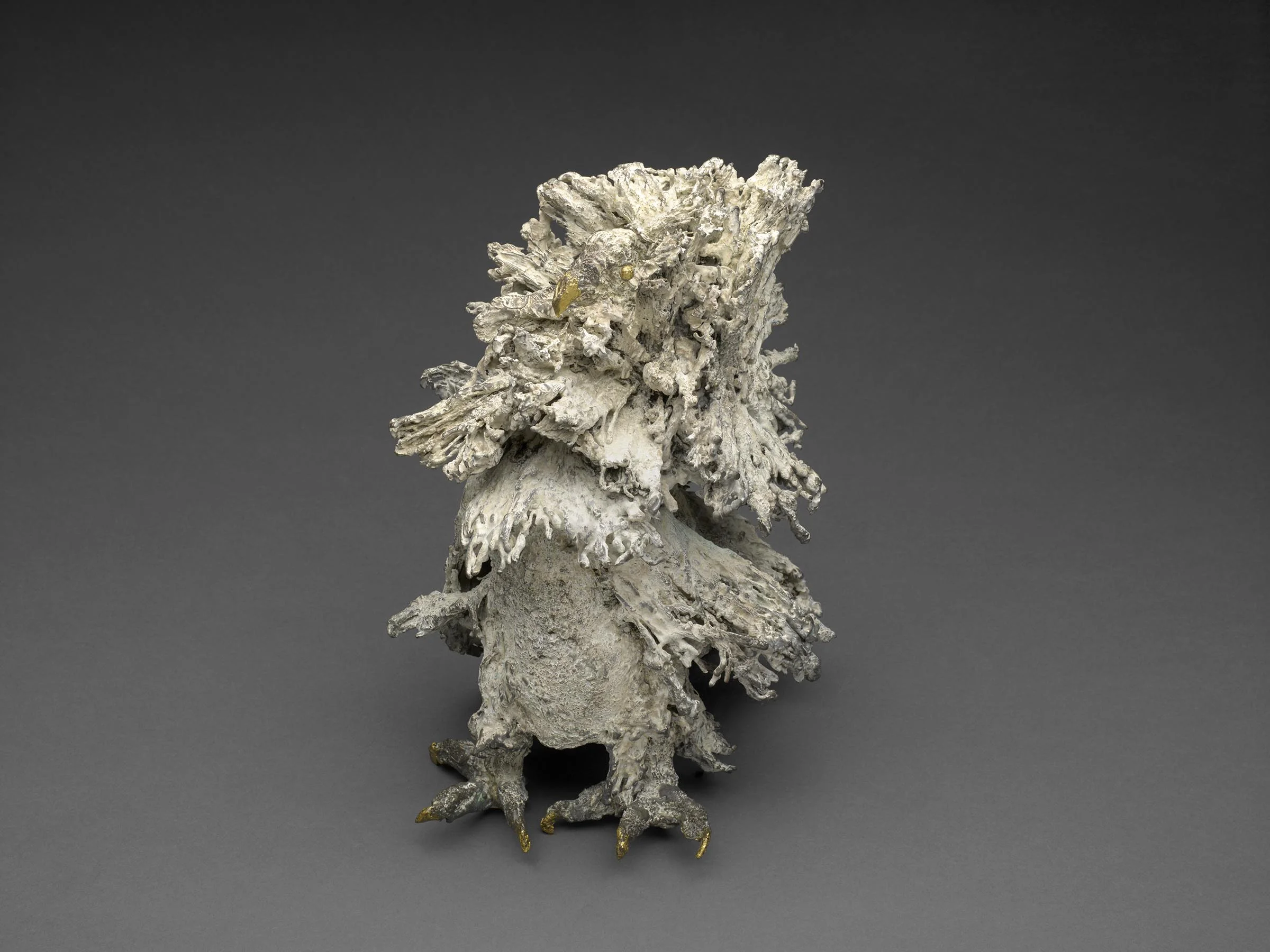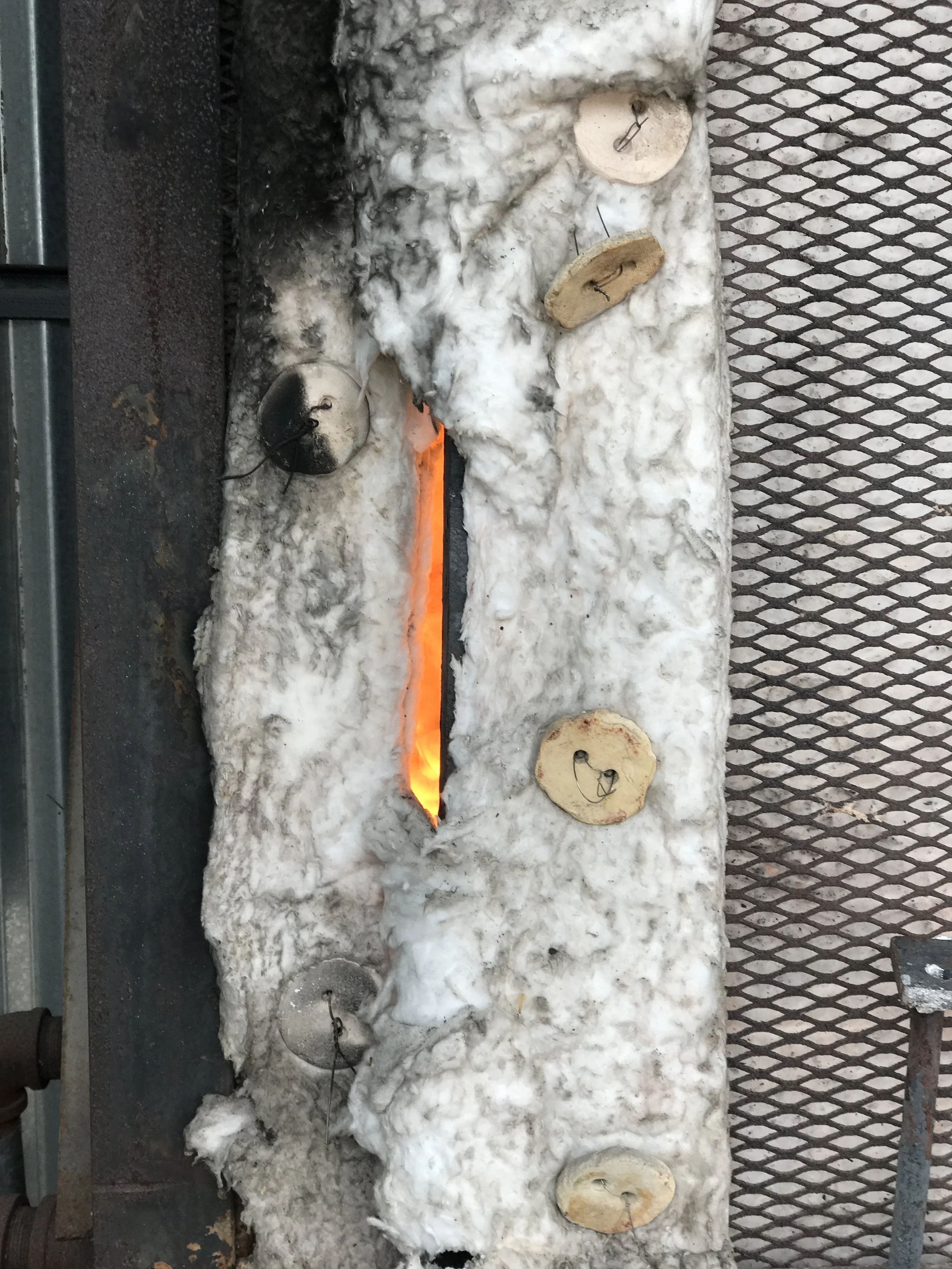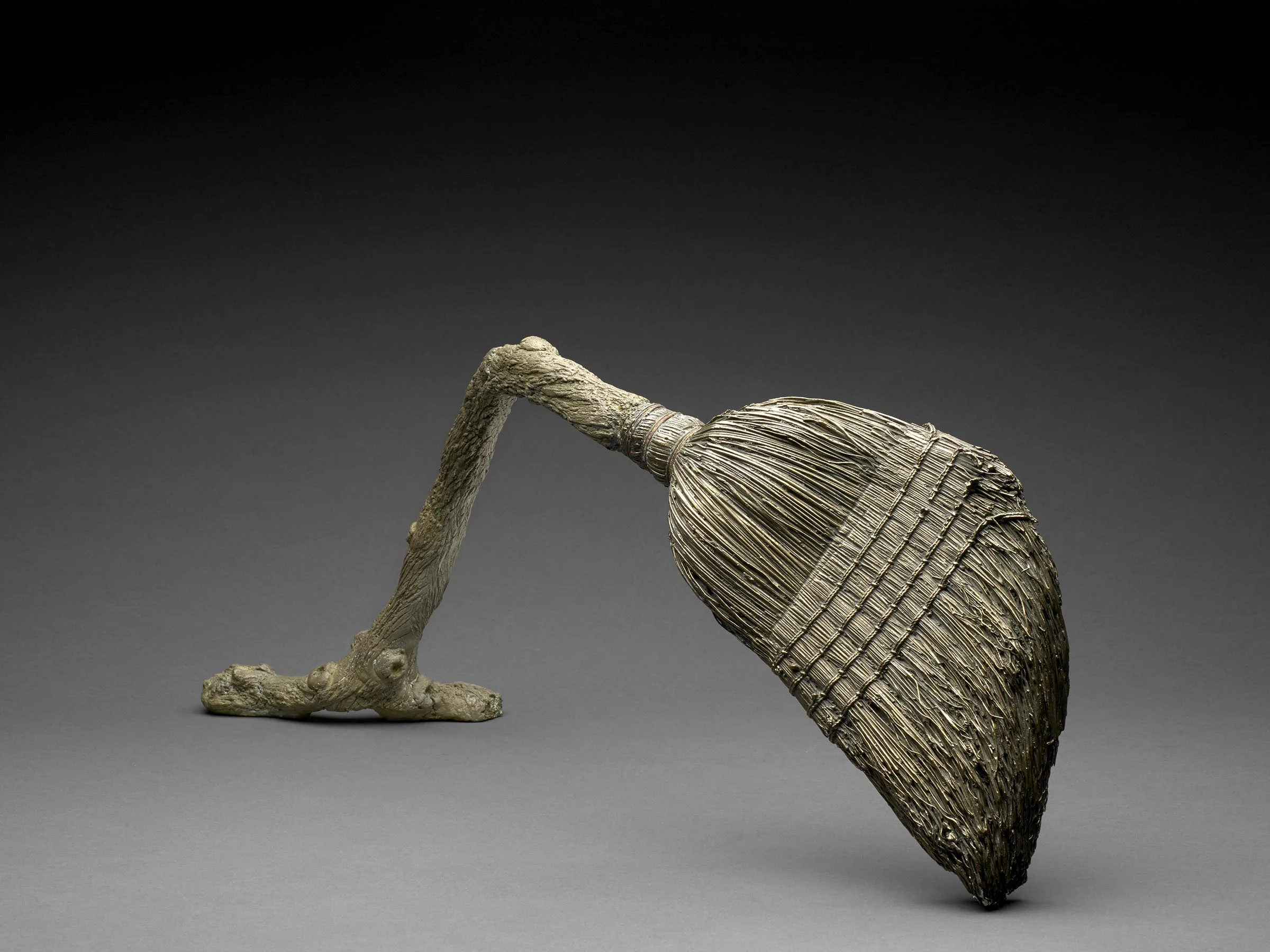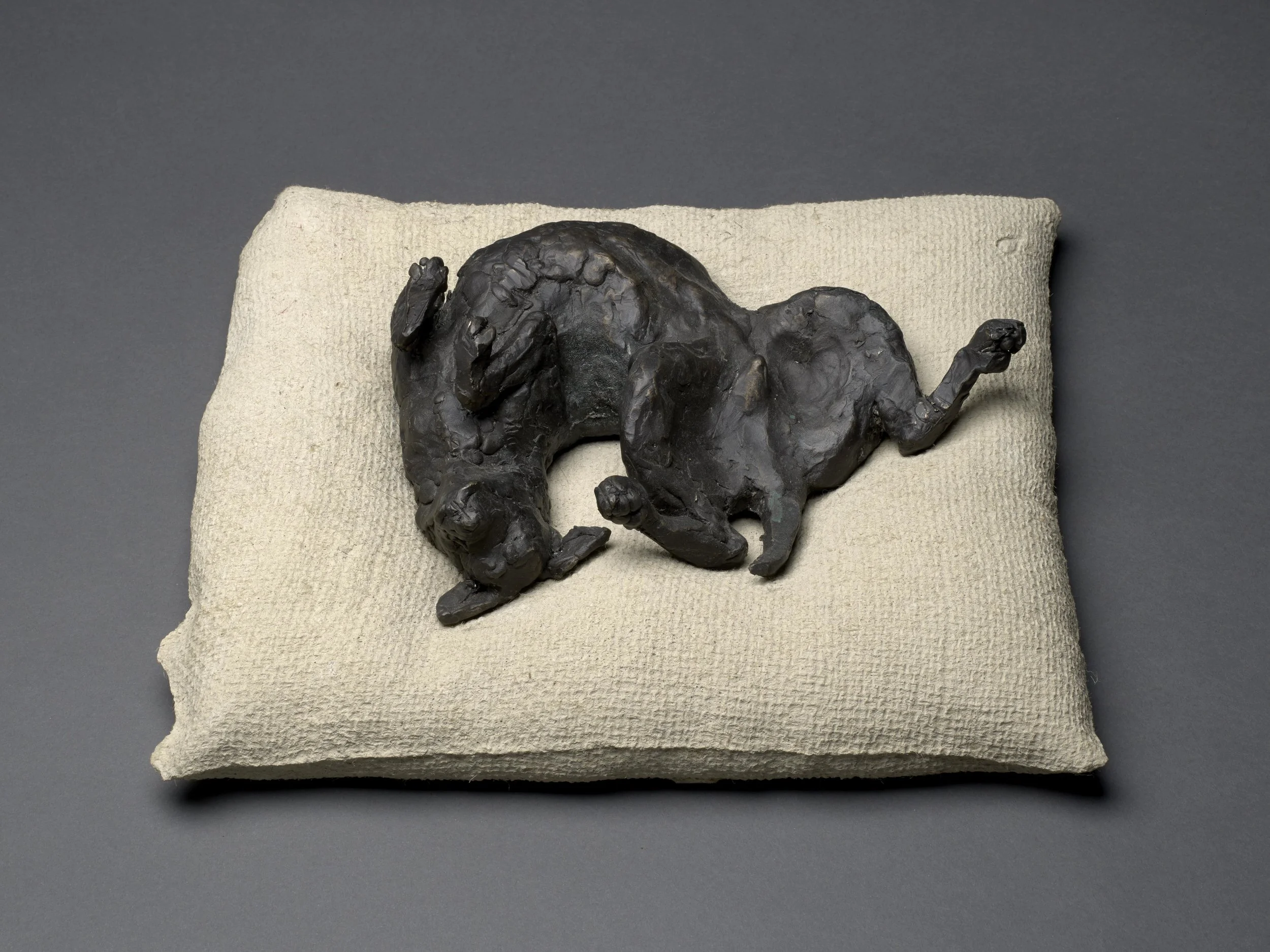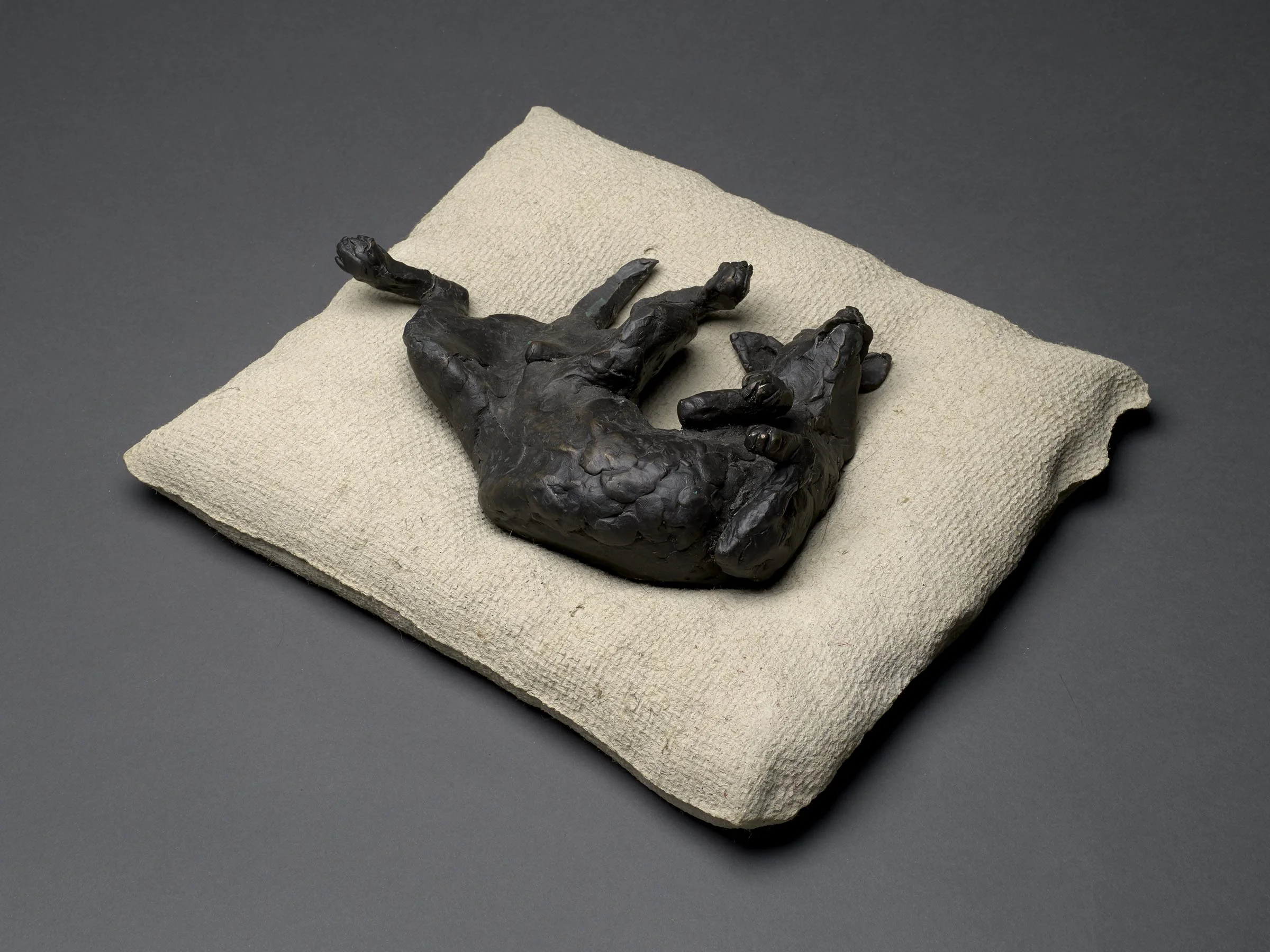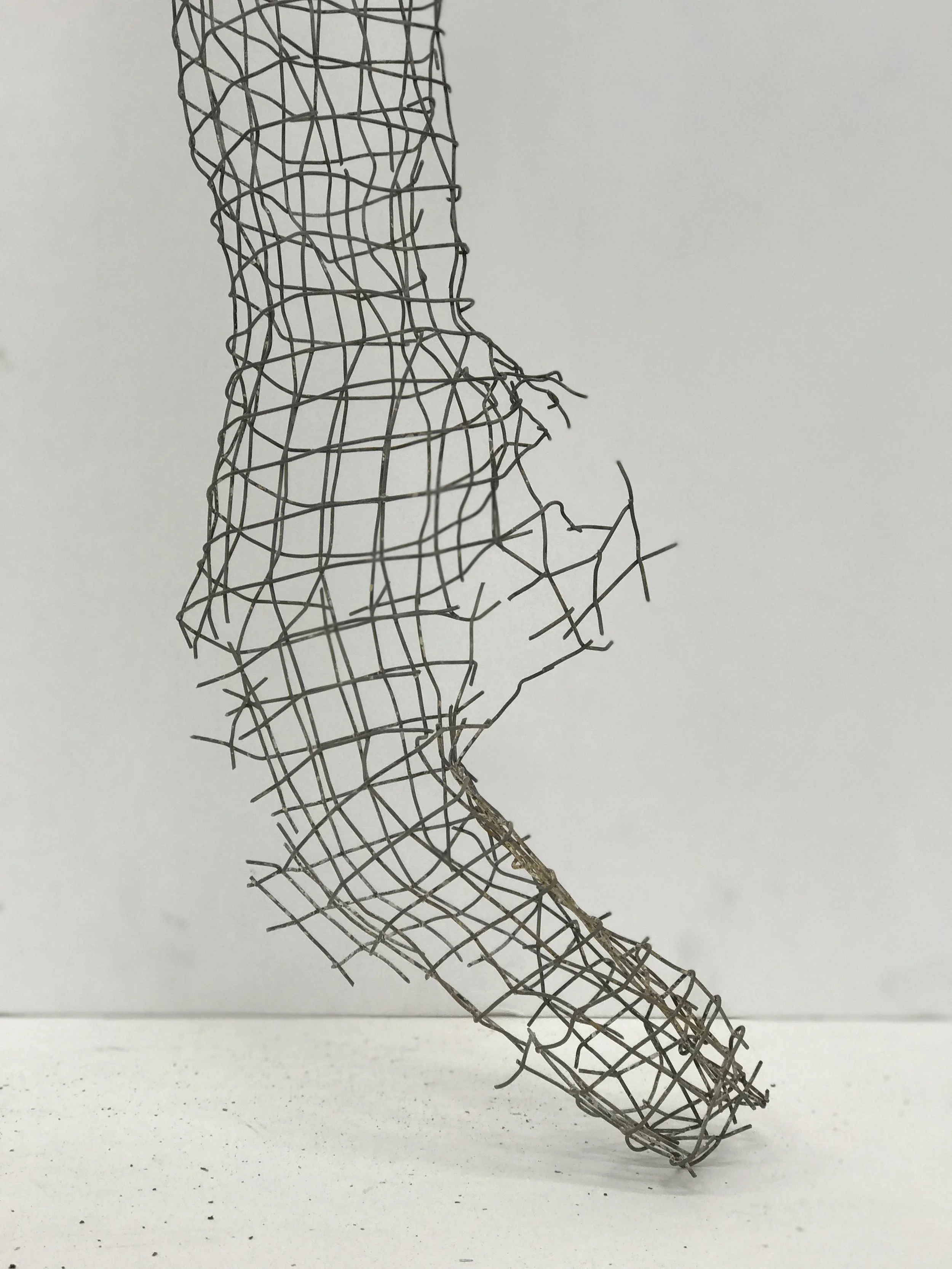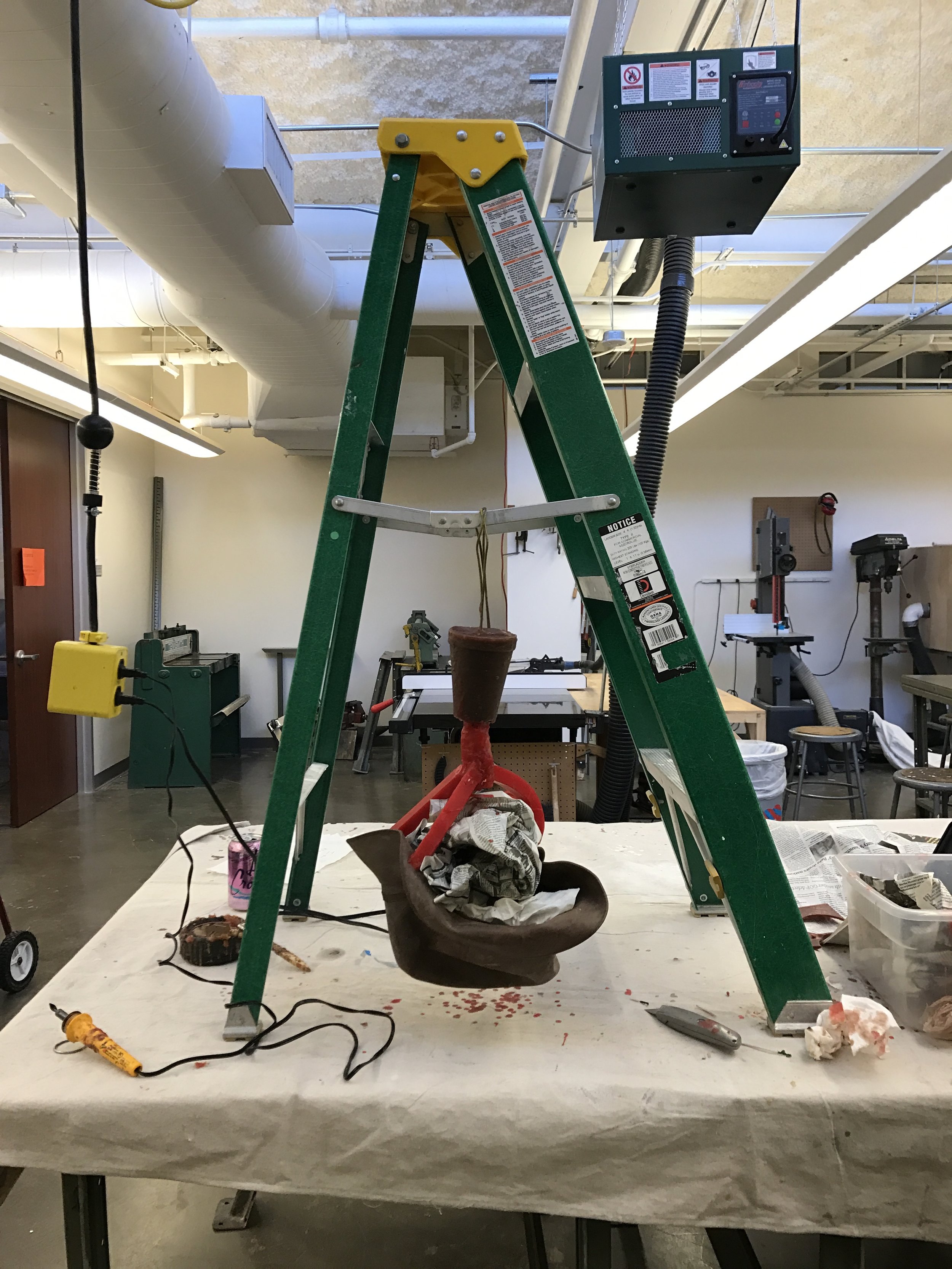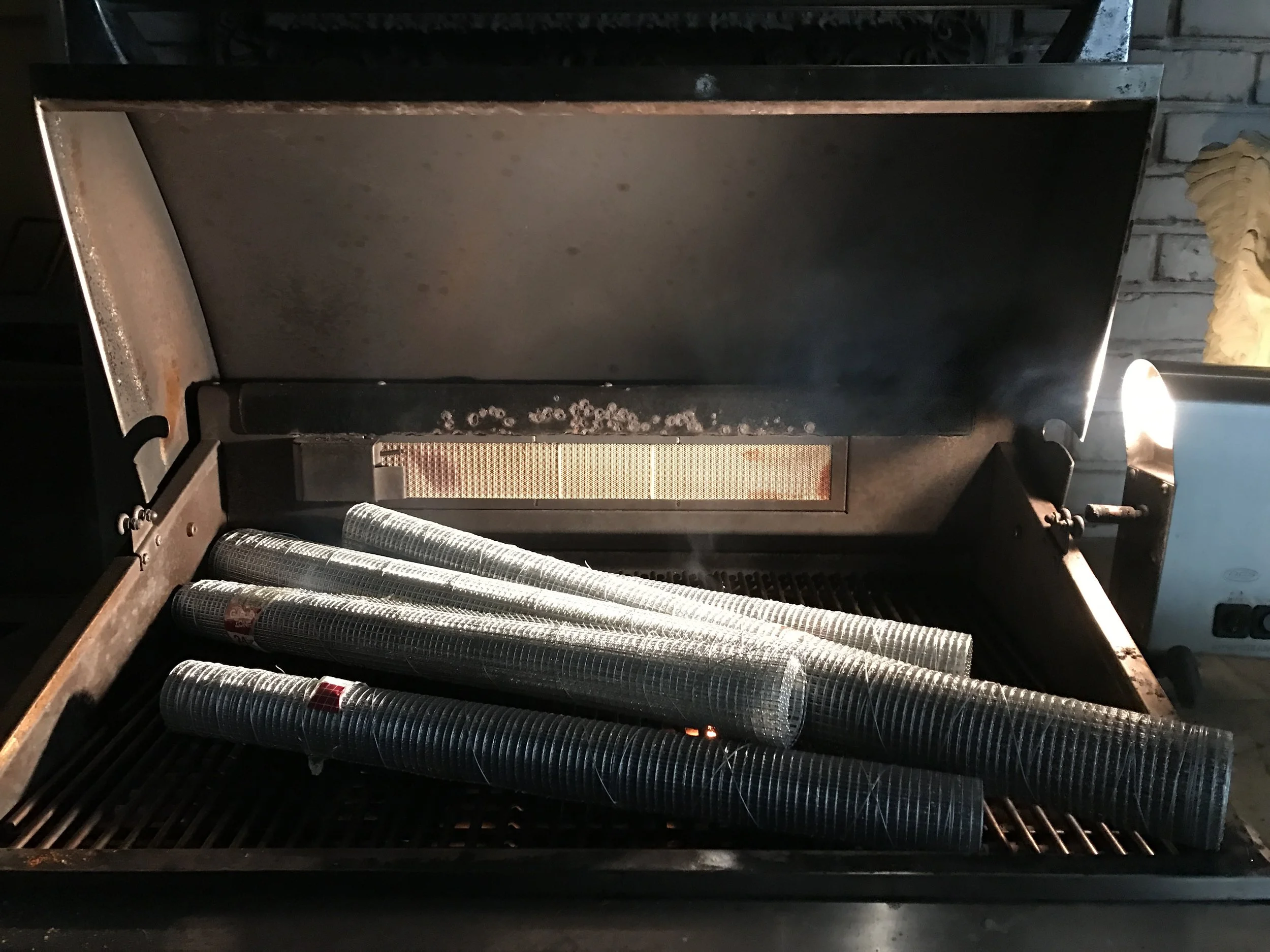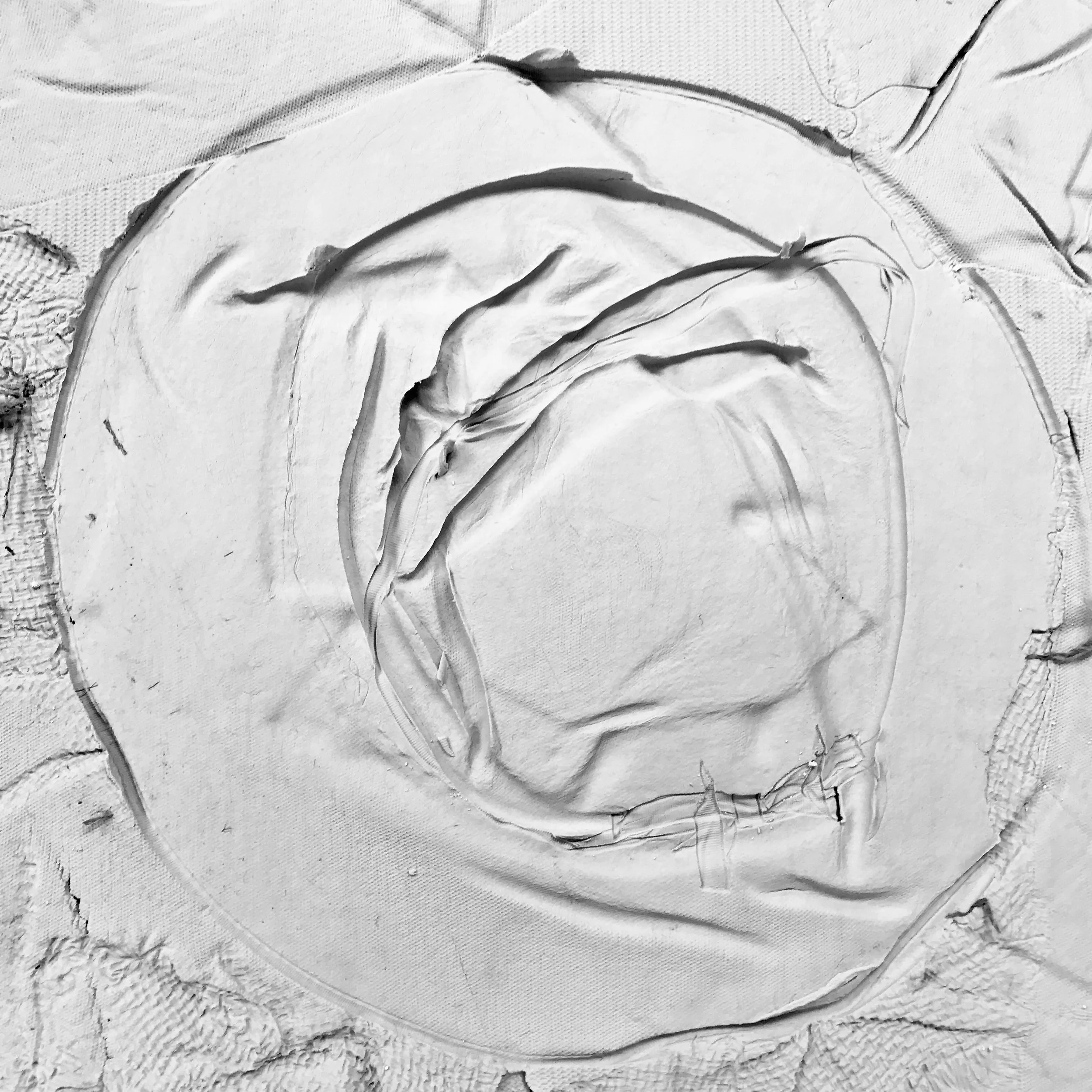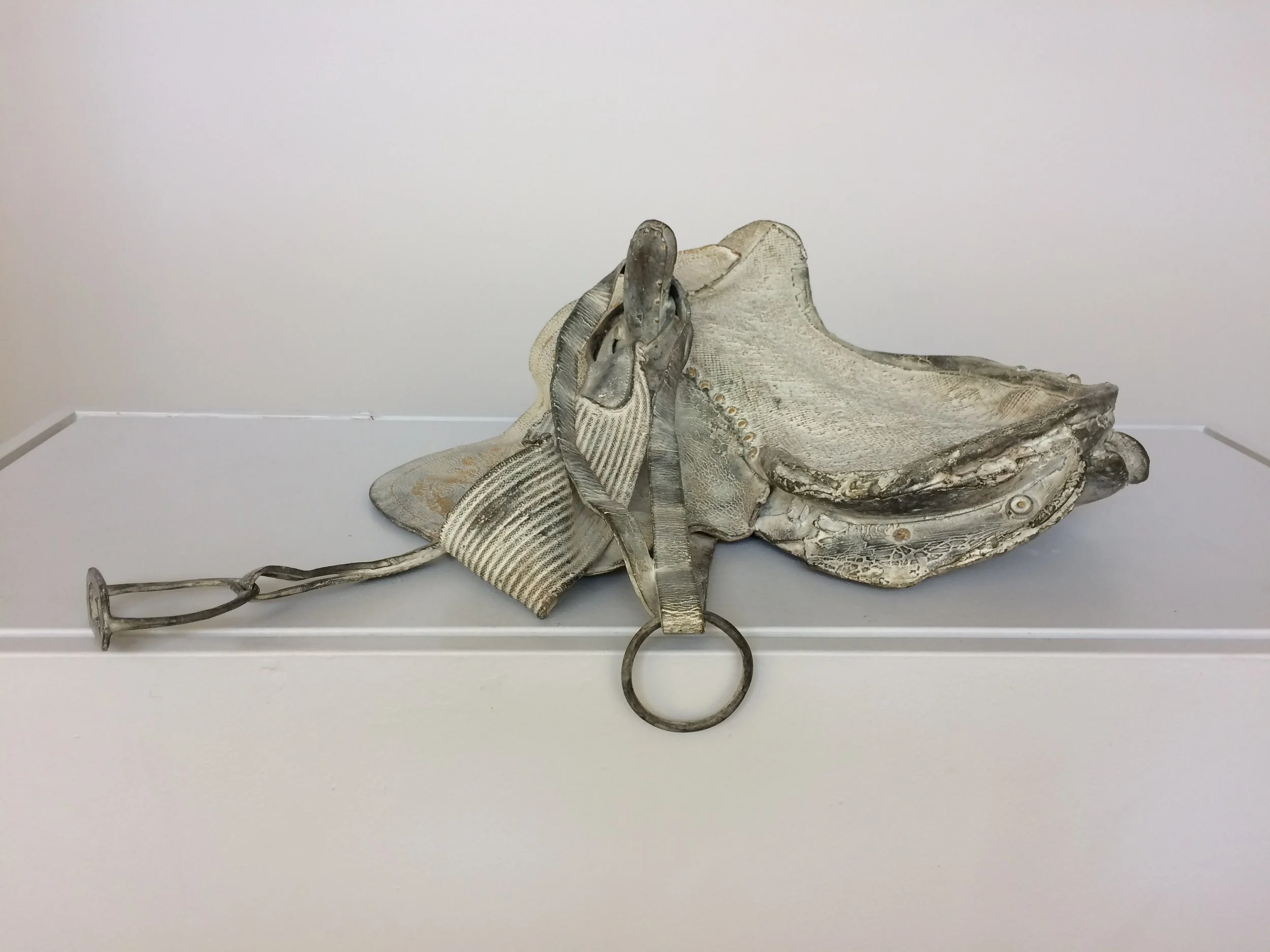I am reposting "suffrage" which celebrates how far women have come since the Victorian era. With the Women's March on Washington taking place today I am reminded of an article I read earlier this year. I have cut and pasted the story below.
http://www.lrgaf.org/articles/sidesaddles_and_suffragettes.htm
A MOUNTED CHAMPION FOR WOMEN'S RIGHTS
Her name was Inez Milholland and it was her destiny to lead an equestrian and political revolution, the intertwined implications of which have never been previously studied.
That is why, in addition to being a suffragist, labour lawyer, correspondent, and public speaker, Inez Milholland ranks as one of the most important female equestrian leaders in American history, for it was on the back of a horse that she liberated her sisters from the sidesaddle, as well as helping obtain them the right to vote.
She did this by making three rides astride which changed the political and equestrian landscape of America in a few short months. In May, 1912 Milholland saddled up a fractious bay and led ten thousand marchers across New York.
Inez Milholland and Gray Dawn
Then she headed to the nation's capital.
Mounted on a white charger named, Gray Dawn, Inez set out early on March 3, 1913, determined to lead an immense women's suffrage parade several miles from the nation's Capital to the Treasury Building. Her Joan of Arc inspired costume was "a symbol of the free women of the future, crowned with the star of hope, circled with the blue mantle of freedom and breasted with the torch of knowledge."
Yet the suffragettes, who were marching on the eve of President Wilson's inauguration, had barely begun their long walk when they were attacked by a horde of antagonists. Cut off from her friends, and alone in the middle of the howling mob, it looked as if the drunken thugs might pull down the suffragette rider. Instead Inez spurred Gray Dawn and charged the rabble.
"You men ought to be ashamed of yourselves," she shouted, as her adversaries fled.
Thankfully, before her bluff could be called, U.S. cavalry troops galloped in from nearby Fort Myers. In the ensuing melee, the cavalrymen cantered up the avenue, crashing into civilians and clearing the way for the beleaguered suffragettes. Yet not even the cavalry could fully contain the wrath of the attackers who darted in behind the army, determined to kick, grab, curse, howl and spit at Inez and her fellow protestors. As the injuries rose, ambulances were called in to cart away hundreds of wounded spectators and suffragettes. But the women marched on.
Finally, many weary hours later, Inez and her fellow protestors reached their goal. The nation was aghast at how they had been treated. Inez, however, had no time to mourn.
Two weeks later she was in the saddle once again. This time she led ten thousand marchers through a peaceful New York. That was her last great ride and it ended at a rally witnessed by 150,000 people.
Inez MilhollandThen, like a candle that burned too bright, this mounted symbol of hope and equality died at the age of 30 from pernicious anaemia.
Her last public words were, "Mr. President, how long must women wait for liberty?"
The answer was, seven more long, unjust years.

